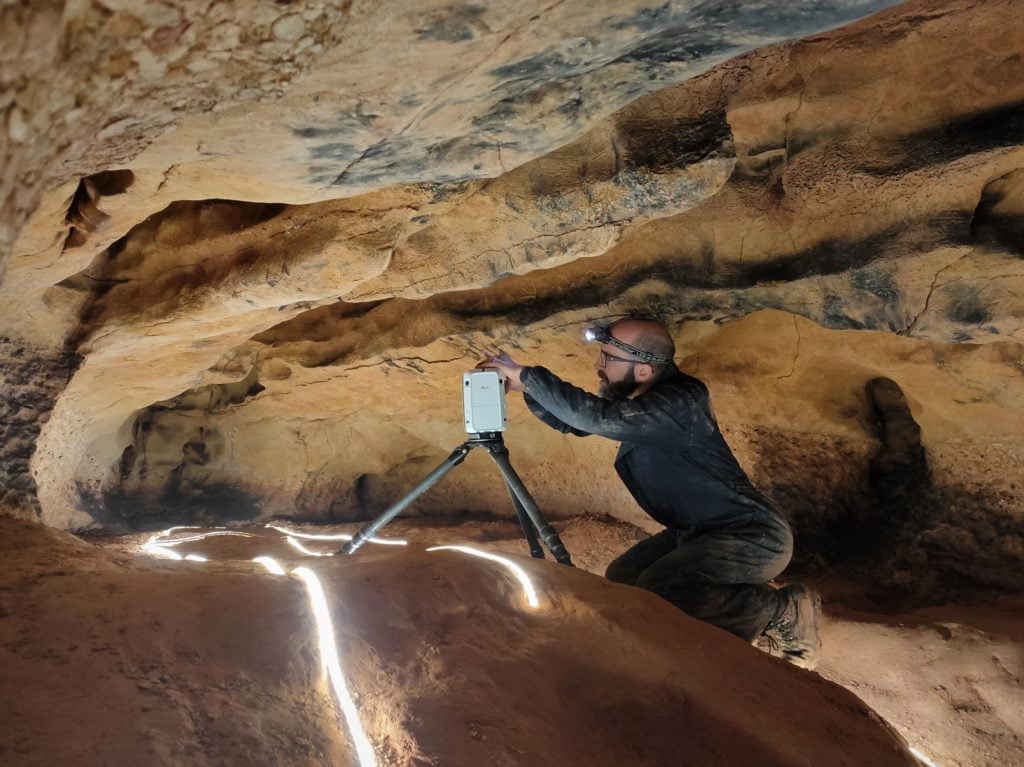Latin America
Related: About this forumArgentine Forensic Anthropology Team nominated for Nobel Peace Prize
14-02-2020 15:36
The group, known as the EAAF, has worked with victims in more than 60 countries of various catastrophes and conflicts.
The world-renowned Argentine Forensic Anthropology Team (EAAF) has been nominated for the 2020 Nobel Peace Prize for its achievements in the field of applied sciences and collaborative justice.
The nomination was presented by Karina Batthyány, executive secretary of the Latin American Council of Social Sciences (CLASCO), and Alejandro Villar, Chancellor of the National University of Quilmes (UNQ).
The EAAF is a scientific, non-governmental organisation that was founded in 1984 to help the families of victims of State terrorism and to provide evidence to the Judiciary in the recovery, identification and restitution of missing persons recorded between 1974 and 1983. The EAAF, led by Executive Director Luis Fondebrider, is composed group of specialists who develop scientific techniques in the field of Social Anthropology, Archeology, Forensic Anthropology, Computer Science and Genetics.
The organization has already worked in more than 60 countries with victims of disappearances, ethnic, political, institutional, gender and religious violence, drug-trafficking, human trafficking, organized crime, immigration processes, wars and armed conflicts, accidents and catastrophes.
More:
https://www.batimes.com.ar/news/culture/argentine-forensic-anthropology-team-nominated-for-nobel-peace-prize.phtml
Also posted in Anthropology:
https://www.democraticunderground.com/12295378
rickford66
(5,521 posts)The headline has changed
Judi Lynn
(160,450 posts)S-L-O-W, and it also doesn't copy every time I think I am copying and pasting!
Thanks for the alert!
rickford66
(5,521 posts)It looked interesting also. Thanks
Judi Lynn
(160,450 posts)Experts Discover a ‘Shrine’ of 15,000-Year-Old Animal Carvings and Mysterious Symbols in a Spanish Cave
The astounding carvings includes depictions of horses and bulls as well as mysterious abstract symbols.
Javier Pes, February 17, 2020

Archaeologist makes a 3D scan of the prehistoric cave art at Font Major. Photo courtesy of IPHES.
Experts have discovered a cave full of prehistoric carvings in northern Spain. Among the hundreds of rock carvings, some believed to be 15,000 years old, are vivid depictions of horses, deer, and bulls, as well as a wealth of mysterious and abstract symbols. Unlike the famous prehistoric paintings at Altamira, also in northern Spain, the recently discovered cave art in Catalonia is carved directly into the soft surface of the rock.
A team of archaeologists stumbled across the richly decorated cave at the end of October, although their discoveries have only just been announced. Josep Maria Vergès, who led the team from IPHES (the Catalan Institute of Human Palaeoecology and Social Evolution) described the find as “exceptional” in a statement, and compared the cave to a “shrine.”
The cave art is now being recorded and studied using 3D scanning technology. The engravings were created on a layer of soft sand deposited on the cave’s surface in an area that is difficult to access. The artworks are extremely fragile and can be damaged if touched; several figures seem to have been damaged in the past by visitors who were unaware of their existence. Experts are now studying the best way to preserve the remarkable finds.
Vergès tells Artnet News, that he felt a “mixture of surprise and disbelief, followed by great satisfaction,” when the he first saw the ancient works of art. “Surprise because the cave is not an ideal place to find engravings due to the characteristics of the rock, the walls were very irregular, and the specialists thought that it was not suitable for painting or engraving.” He says it seemed impossible that none of the thousands of people who have passed through the cave’s gallery in the past has ever spotted that “between and under the modern inscriptions there were tens of Paleolithic engravings.”
More:
https://news.artnet.com/art-world/prehistoric-cave-art-animals-1779519
Also posted in Anthropology:
https://www.democraticunderground.com/12295382
It seems discoveries are being made almost daily in uncovering ancient artifacts, and it's wonderful! Thanks for reading. ![]()
rickford66
(5,521 posts)Amazing what is waiting to be discovered